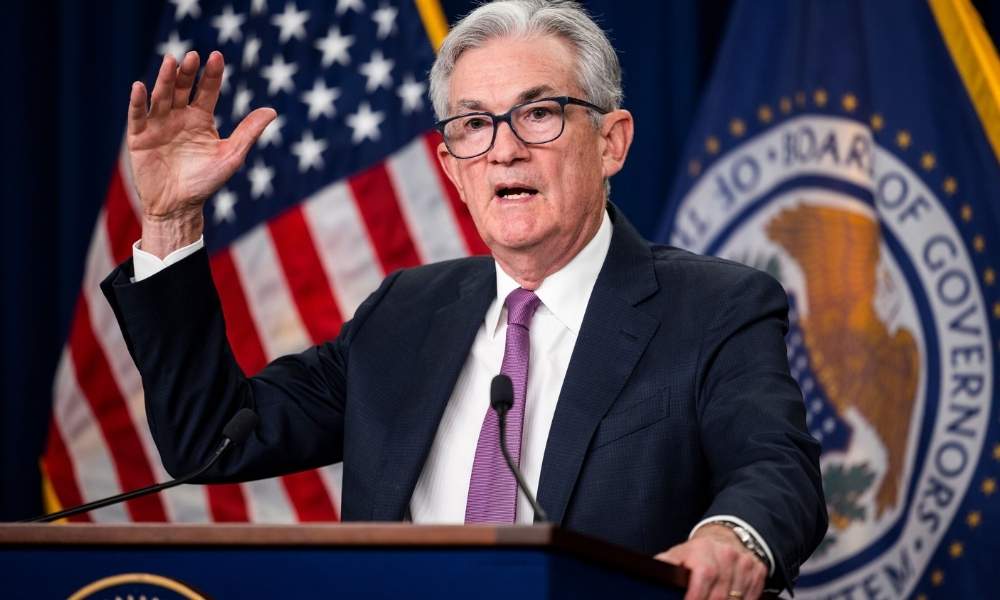
As central bankers from around the world descend on Jackson Hole, Wyoming, for the first in-person annual conference since 2019, Federal Reserve chair Jay Powell will face something that was largely absent during the past two virtual meetings: a tough crowd.
Celebrated two years ago for rescuing the global economy and financial system from a catastrophic pandemic-induced crash, the US central bank has since faltered, initially misdiagnosing what has become the most acute inflation problem in four decades and then being forced to play catch-up.
As a result, Powell, who was reappointed to a second term in November, is under immense pressure to execute a historically difficult task: fine-tune monetary policy to safeguard the Fed’s inflation-fighting credentials without causing more job losses than necessary.
“This is not a great period for the Fed right now, not just because the challenges are tremendous, but I think the Fed has also made some missteps,” said Ellen Meade, who served as a senior adviser to the central bank’s board of governors until 2021.
“Powell wants to do the right thing, and he’s not out there to make a mistake,” said Meade, who is now a professor at Duke University. “But if he loses this one, this is the whole ball game.”
The Fed has already embarked on the most aggressive campaign to raise interest rates since 1981 and is expected to take further action throughout at least the second half of 2022. Central banks across advanced and emerging economies have followed suit, grappling with their own inflation surges exacerbated by Russia’s invasion of Ukraine.
But former officials and economists warn another big test of the Fed’s credibility will emerge in the next phase of tightening, when inflation has not yet slowed sufficiently but the economy starts to flash more obvious signs of weakness.
Powell, whose legacy will depend in large part on the outcome, must build consensus across what is likely to become a more divided central bank.
The Fed’s predicament stems from its early assessment that the consumer price surge triggered by supply chain disruption and trillions of dollars of pandemic-related fiscal stimulus was temporary.
It was a view shared by most but not all economists, to begin with, and one that Powell devoted the entirety of last year’s Jackson Hole speech to support.
Distorted data had concealed the strength of the labor market, which is now one of the tightest in history.
Viewing inflation through a “transitory” lens — a term Powell officially abandoned in November — laid the basis for a series of policy blunders that led to the Fed expanding its balance sheet long after additional support was no longer necessary. It also waited until March before raising rates.
“We should have recognized last fall that this was a time to slip monetary policy on to the correct path,” said Randy Quarles, the Fed’s former vice-chair for supervision who left in late 2021. “Had we responded earlier, inflation would not have reached the level it is at now.”
The central bank was too wedded to the idea that “you can’t step on the gas and the brake pedal at the same time”, said Quarles, meaning officials felt obliged to hold off raising rates until they had stopped hoovering up Treasuries and agency mortgage-backed securities. Others thought the Fed should have started to “taper” its bond purchases sooner.
Hot Topics
Oil Climbs As Saudi Arabia Warns Of OPEC Output Cuts
Monday Morning UK News Briefing: Today's Top Headlines From The Telegraph
If North Korea Has Covid Beat, Why Buy 1 Million Face Masks From China?
Quarles, who now foresees the federal funds rate rising as high as 4 per cent and a “short and shallow” recession next year, said an interest rate increase as early as November would have been appropriate. Source: FT